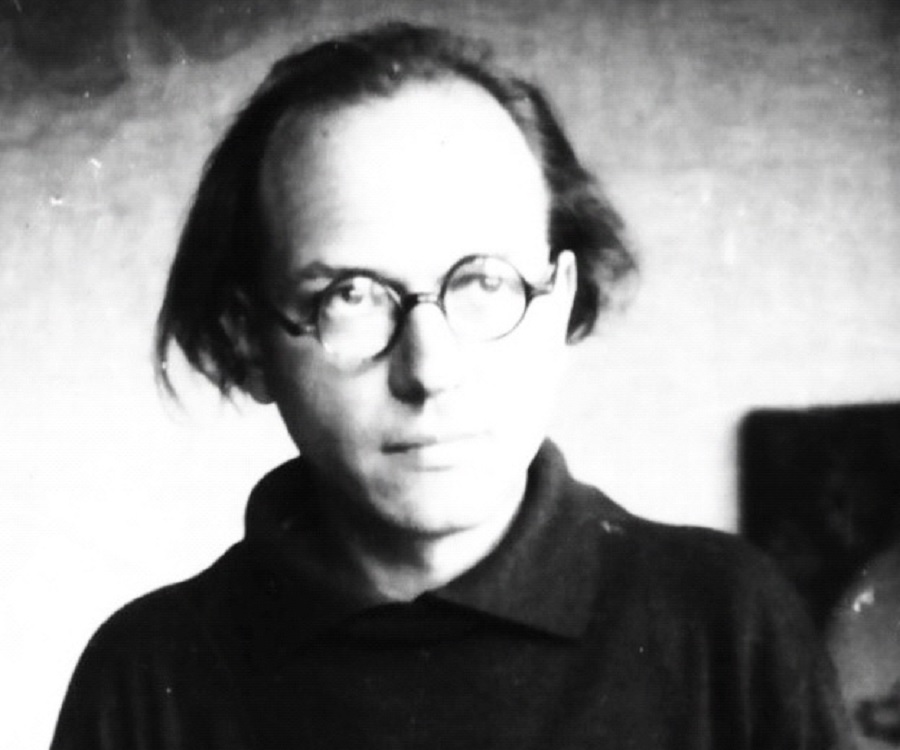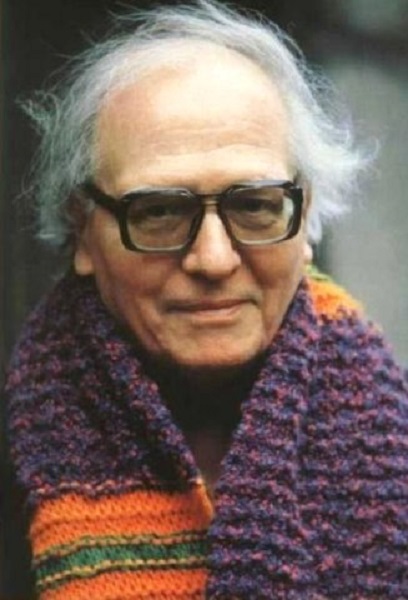
The Composer Who Listened to Birds: – Inédit pour Ondes Martenot & Piano, IV (Christine Ott)


Olivier Messiaen’s Childhood And Early Life Olivier Eugene Prosper Charles Messiaen was born on 10 December 1908, in Avignon, in France, in a very literary family. He was the elder of two children of Cecile Sauvage, who was a poet and Pierre Messiaen, who was an English teacher who had translated the plays of William Shakespeare into French. Messiaen’s mother composed a sequence of poems such as ‘The Budding Soul’ and ‘As the Earth Turns’, in which the last chapter addresses her unborn son. Messiaen later said that these sequences of poems had a profound influence on him, which he regarded as predictive of his future career. After the World War I broke out, Messiaen’s father was sent to the war. So, Cecile took Olivier and his brother to stay with her brother in Grenoble. There, Messiaen was attracted to drama and often recited the compositions of Shakespeare to his brother with the help of a homemade toy theatre with transparent backdrops made out of cellophane wrappers. During this period, he also adopted the Roman Catholic faith. Later in life, Messiaen felt more at home in the Alps of Dauphine, so, he built a house in the south of Grenoble and composed most of his music there. https://www.thefamouspeople.com/profiles/olivier-messiaen-330.php
Olivier Messiaen (1908-1992) was a major French composer of the 20th century. He was a devout Roman Catholic, and his music was greatly influenced by his faith with respect to style, introspection, spirituality and use of chant. He traveled extensively worldwide, and he incorporated everything into his work, from Japanese melodies to birdsong (he was a learned ornithologist), to attempts to capture colors in sound. Beyond the simple musical scale, he used his own conceived “modes of limited transposition,” and experimented with time and rhythm, harmony and serialism.
Messiaen’s organ works, while somewhat unusual to the ear, are completely experiential in that they produce an effect, a setting, a mood or a spiritual cushion upon which worshippers may find exhilaration or pathos or conflict or restfulness. Many of his organ works are specific to liturgical seasons or feast days: The Heavenly Banquet, Vision of the Eternal Church, Hymn to the Holy Sacrament, The Nativity of the Lord, The Glorious Bodies, Mass for Pentecost, Meditations on the Mystery of the Holy Trinity, just to name a few. http://www.holycommunion.org/notes/posts/the-composer-who-listened-to-birds
The ondes Martenot “Martenot waves”) or ondes musicales (“musical waves”) is an early electronic musical instrument. It is played with a keyboard or by moving a ring along a wire, creating wavering, theremin-like sounds. A player of the ondes martenot is called an ondist.
The ondes Martenot was invented in 1928 by the French inventor Maurice Martenot. Martenot was inspired by the accidental overlaps of tones between military radio oscillators, and wanted to create an instrument with the expressiveness of the cello.
The instrument is used in more than 100 classical compositions. The French composer Olivier Messiaen used it in pieces such as his 1949 symphony Turangalîla-Symphonie, and his sister-in-law Jeanne Loriod was a celebrated player of the instrument. It appears in numerous film and television soundtracks, particularly science fiction and horror films. Jonny Greenwood of the English rock band Radiohead is credited with bringing the ondes to a larger modern audience. It has also been used by pop artists such as Daft Punk and Damon Albarn.
